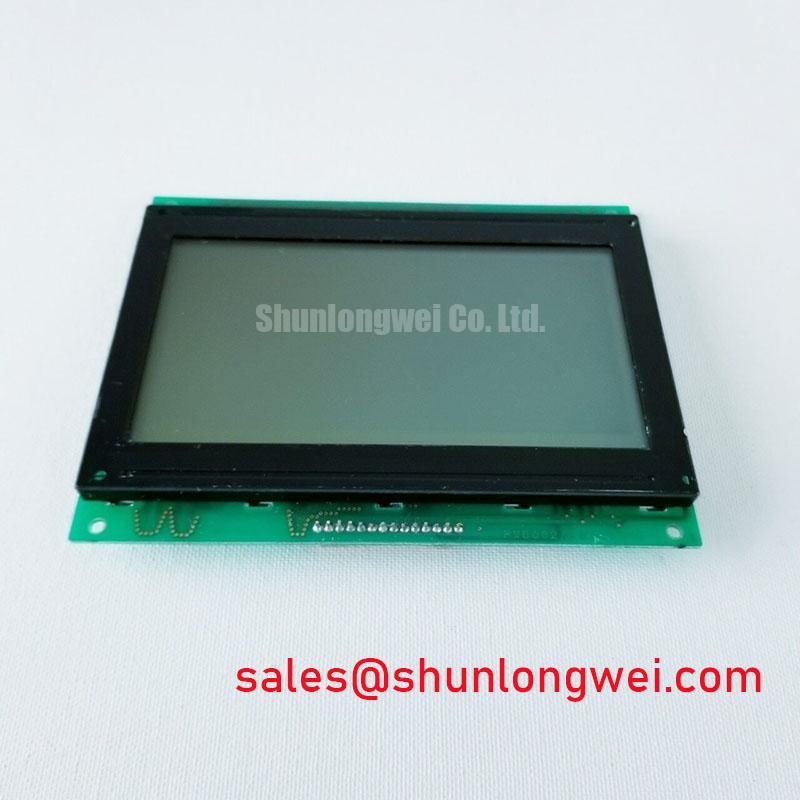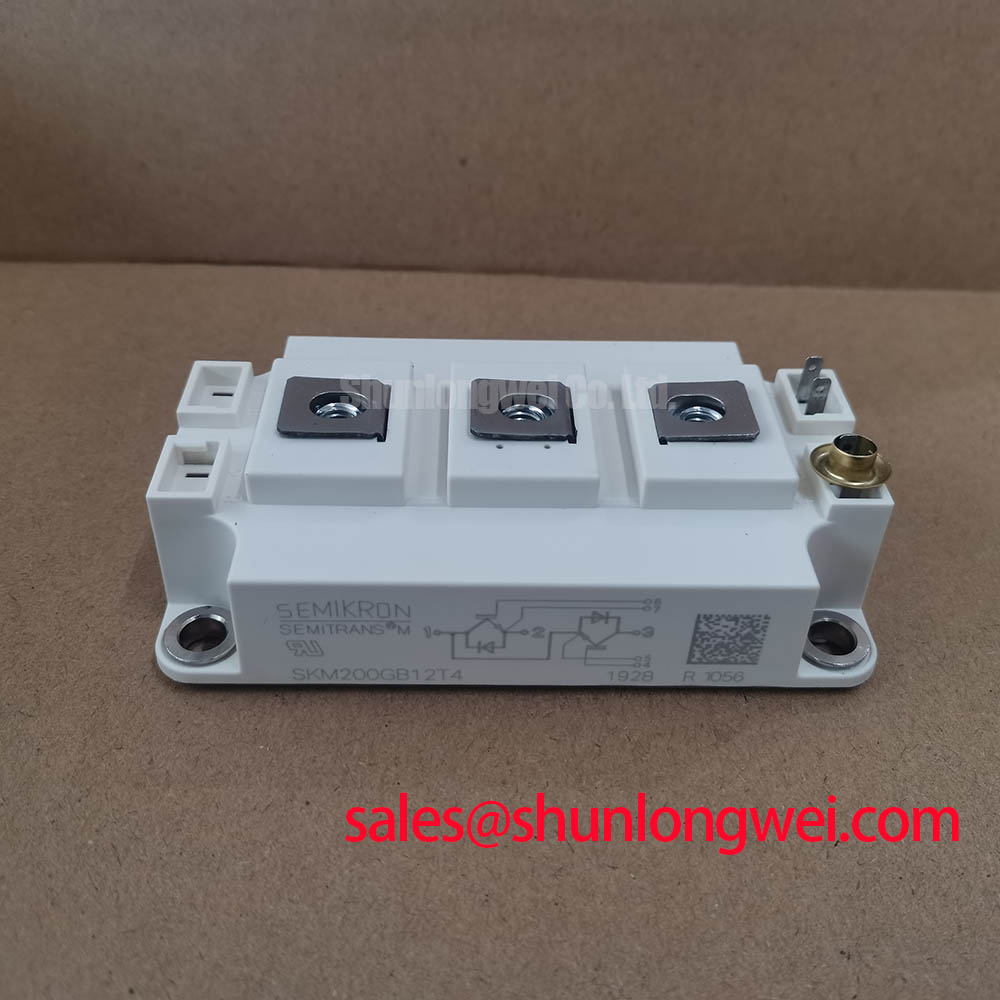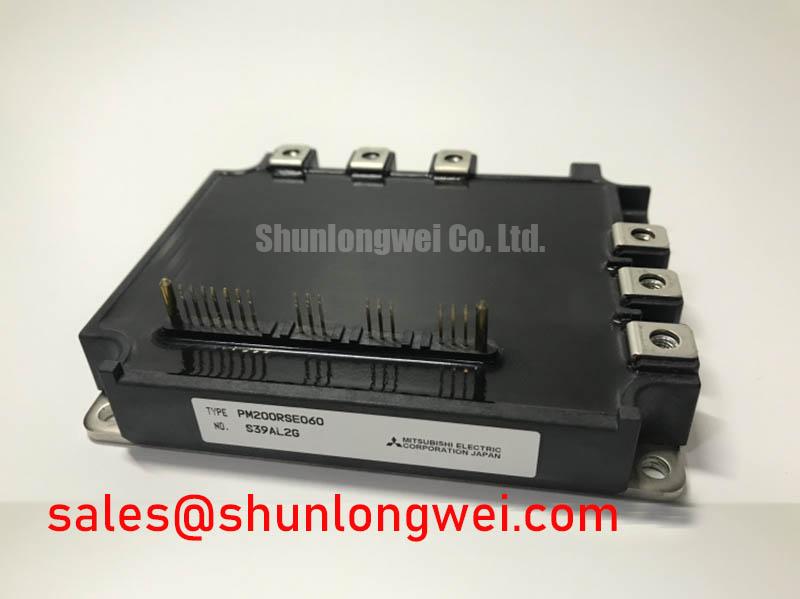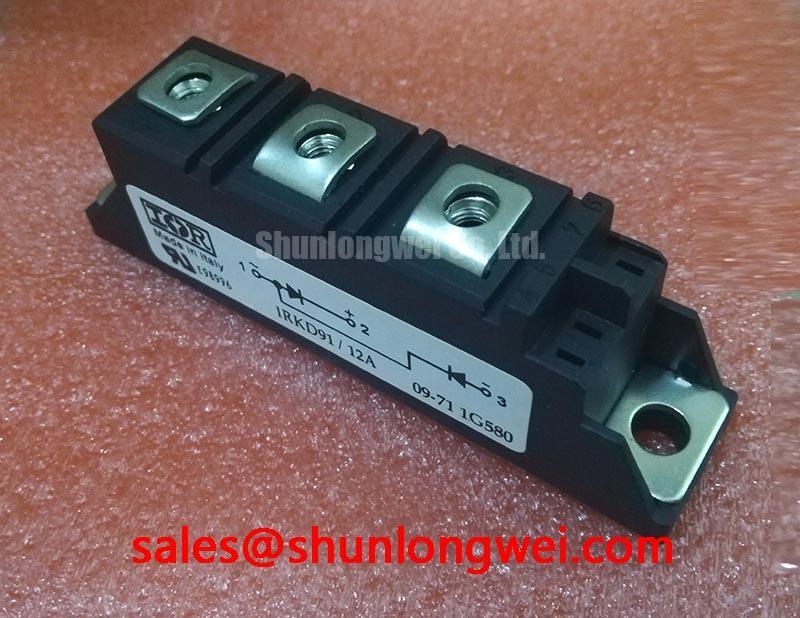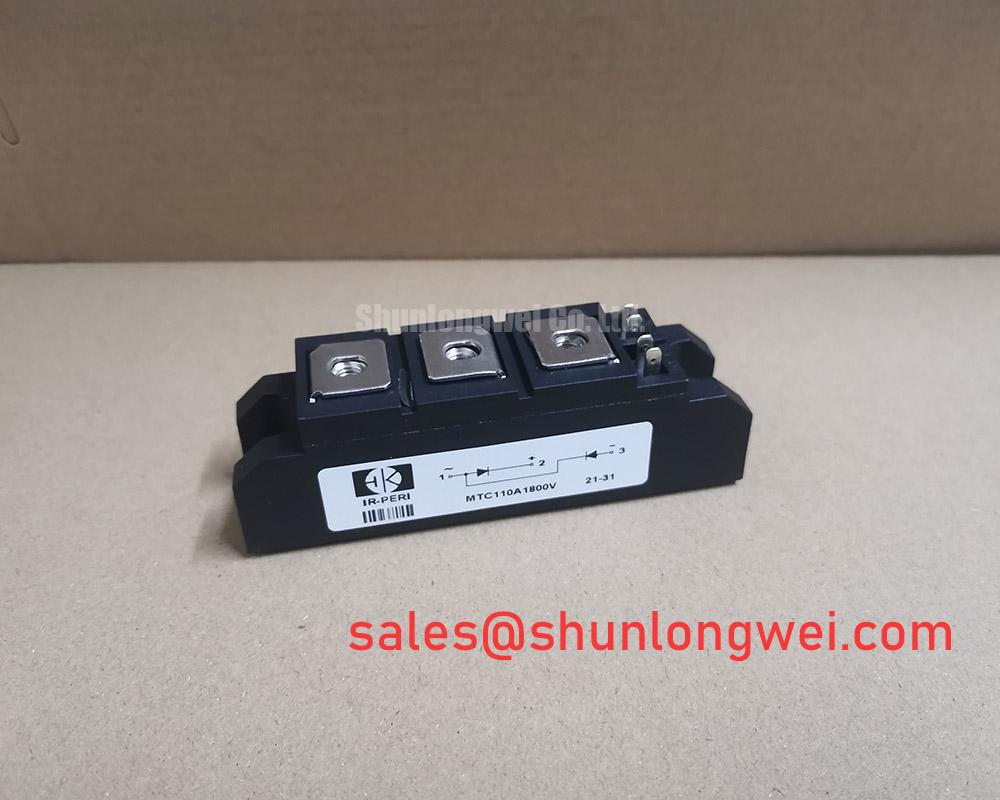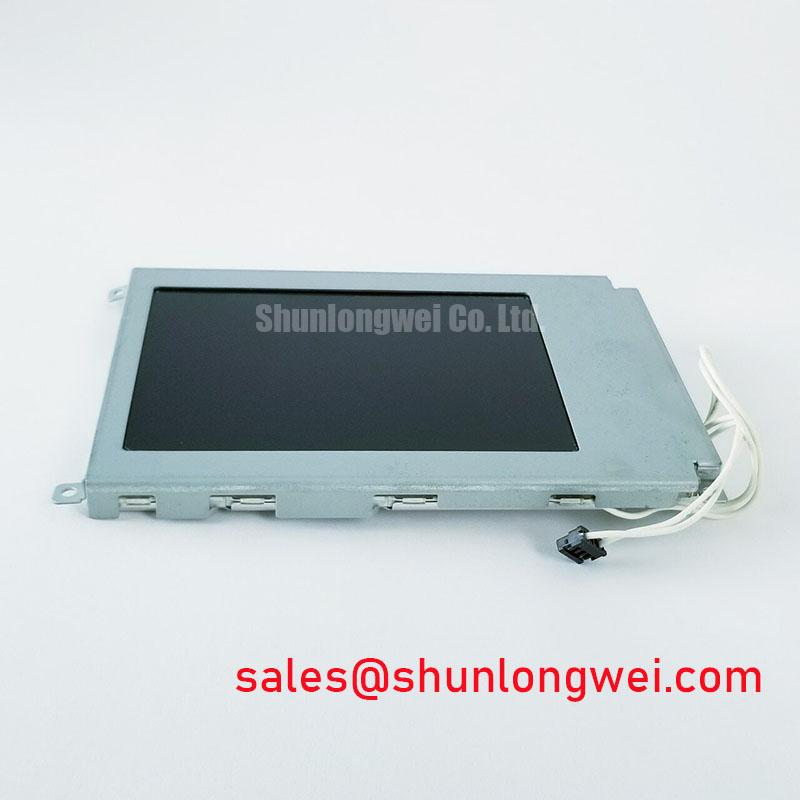DMF682ANF: 240x128 F-STN Graphic LCD with Integrated T6963C Controller for Industrial Systems
Introduction: A Technical Overview
The Optrex DMF682ANF streamlines integration for industrial control panels with its embedded T6963C controller and proven F-STN technology. This graphic LCD module delivers a precise combination of performance and design efficiency, featuring key specifications of 240x128 Resolution | 130 cd/m² Brightness | T6963C Controller. The primary engineering benefits include significantly simplified host MCU programming and exceptional high-contrast monochrome visibility for critical data readouts. This module directly addresses the challenge of sourcing compatible displays for 8-bit MCU systems by offering an all-in-one solution with on-board memory and advanced control logic. For maintaining legacy industrial equipment designed around the T6963C interface, the DMF682ANF is the optimal drop-in display solution.
Key Parameter Overview
Dissecting the Specifications for Seamless System Integration
The technical specifications of the DMF682ANF are tailored for straightforward implementation into industrial and instrumentation applications. The parameters below highlight the features that directly contribute to its performance and integration-friendly design.
| Parameter | Specification |
| Display Technology | F-STN (Film Super-Twisted Nematic), Negative, Transmissive |
| Display Resolution | 240 x 128 Dots |
| On-Board Controller | Toshiba T6963C or Equivalent |
| Outline Dimensions | 144.0(W) x 104.0(H) x 13.5(D) max mm |
| Active Area | 107.95(W) x 57.55(H) mm |
| Backlight System | CCFL (Cold Cathode Fluorescent Lamp) |
| Typical Brightness | 130 cd/m² |
| Typical Contrast Ratio | 20:1 |
| Interface | 8-bit Parallel Data Bus |
| Operating Temperature Range | 0°C to +50°C |
| Storage Temperature Range | -20°C to +60°C |
Disclaimer: The parameters listed are based on the official datasheet. Engineers should consult the full documentation for exhaustive details.
Application Scenarios & Value
Engineering Value in Legacy System Maintenance and Control
The DMF682ANF is engineered to solve a specific and critical challenge: the maintenance and repair of long-serving industrial equipment. Consider an engineer tasked with servicing a CNC machine's HMI or a piece of test and measurement equipment from a previous generation. A failed display often presents a significant problem if the original component is obsolete. The primary challenge is finding a replacement that is both electrically and, crucially, software-compatible to avoid a costly and time-intensive system redesign.
This is where the DMF682ANF delivers its core value. By integrating the industry-standard T6963C controller, it provides a direct, function-compatible replacement for a vast number of existing systems. Its standard 8-bit parallel interface allows it to connect directly to the host MCU without requiring interface converters or protocol translation. Engineers can often reuse the existing driver firmware with minimal to no modification, drastically reducing repair time and validation effort. What is the primary benefit of its integrated controller? It offloads graphic and text handling, simplifying software development. This makes the DMF682ANF an essential component for MRO (Maintenance, Repair, and Operations) providers and OEMs supporting their established product lines in the field.
Frequently Asked Questions (FAQ)
Answering Critical Design and Implementation Questions
What are the main advantages of the integrated T6963C controller in the DMF682ANF?
The primary advantage is design simplification. The T6963C is a complete LCD control subsystem that manages the display RAM for text and graphics, handles character generation from a built-in ROM, and executes high-level commands. This significantly reduces the processing load on the host microcontroller, allowing for the use of less powerful, lower-cost MCUs and simplifying the overall software architecture.
Does the DMF682ANF require an external inverter for its backlight?
Yes, this is a critical design consideration. The module uses a CCFL backlight, which requires a high-voltage AC power source to operate. A separate, dedicated CCFL inverter module must be integrated into the system design to supply the necessary power. This is distinct from modern LED backlights that typically run on low-voltage DC.
How does the F-STN display technology benefit readability in industrial environments?
F-STN (Film-compensated STN) technology adds a retardation film layer to the standard STN cell structure. This correction layer neutralizes color shifts and significantly enhances contrast and viewing angles compared to older STN displays. For an industrial environment, this translates to a crisp, clear black-on-white (or blue-on-white) image that is easily readable from various operator positions, reducing the potential for parallax error and improving data interpretation speed.
Technical Deep Dive
A Closer Look at the T6963C Interface and CCFL Drive Requirements
The engineering appeal of the DMF682ANF is rooted in its T6963C controller. Think of this controller as a dedicated graphics co-processor for your MCU. Instead of the host system being responsible for the intensive task of constantly refreshing the display and plotting every single pixel, it simply sends high-level commands and data to the controller's registers over the 8-bit bus. The T6963C features on-chip display RAM that is memory-mapped into text, graphic, and character-generator RAM areas. This architecture allows for powerful functions like text/graphics overlay and independent manipulation of screen areas, all managed by the controller itself, freeing up the host MCU to perform its core control tasks.
Furthermore, driving the CCFL backlight is a key implementation detail that sets this module apart from modern equivalents. A CCFL tube requires a high initial ignition voltage (typically >1000V) and a lower sustaining AC voltage (several hundred volts) for continuous operation. This necessitates a specialized CCFL inverter, which efficiently converts low-voltage DC from the system's main power supply into the required high-frequency AC. Selecting an appropriate inverter that matches the lamp's voltage and current characteristics is essential for achieving the specified 130 cd/m² brightness and maximizing the backlight's operational lifespan.
Industry Insights & Strategic Advantage
Ensuring Operational Longevity for Established Industrial Product Lines
In an industry focused on the latest high-resolution color displays, the DMF682ANF provides a crucial strategic advantage for a different market segment: asset lifecycle extension. A significant portion of the world's installed base of industrial machinery, from process controllers to medical instruments, was designed over a decade ago with components like the DMF682ANF. These systems are often built for 20+ year service lives, making component availability a paramount concern for their operators. For more insight on this, exploring the TCO arguments in industrial versus consumer displays can be valuable.
The true value of this display lies in providing a form, fit, and function replacement that prevents the need for a complete and costly redesign of the host system's HMI. By adhering to the established T6963C interface standard, championed by manufacturers like NEC in the past, it ensures continuity for these valuable assets. This approach directly supports sustainability and a lower total cost of ownership by allowing businesses to repair and maintain existing equipment rather than replacing it, a critical factor in capital-intensive industries.
The DMF682ANF is not merely a component; it is a solution for operational stability. It provides a reliable and verifiable path for maintaining the integrity and performance of systems built on one of the most widely adopted industrial display interface standards, ensuring that proven, reliable equipment continues to deliver value for years to come.

